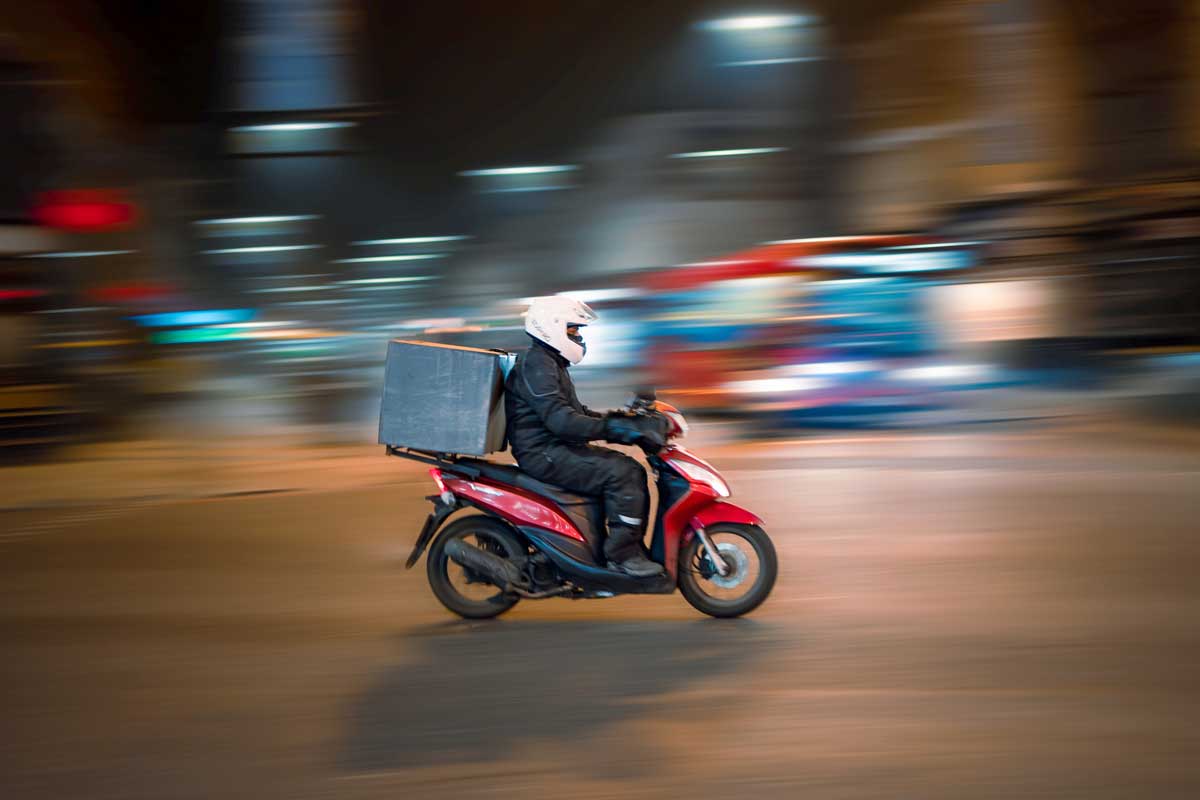The F&B industry has evolved enormously of late, predominantly due to the constant shift in consumer trends. As a result, regular changes are being implemented by restaurant owners to ensure outlets remain aligned with demands and among consumers’ favourite options.
Food delivery applications and services have also developed quickly. Previously these solutions were only making up a fraction of a brand’s profit, but fast forward to 2023 and it has increased tenfold, now serving as a major revenue for many.
Digitalisation has seen a major acceleration in recent years, largely in part because of the Covid-19 pandemic whereby consumers were unable to visit brick-and-mortar F&B establishments and thus moved online.
The importance of mobile apps for F&B businesses in UAE
Nowadays, nearly 98 percent of people within the UAE own a mobile phone, meaning smartphone apps are an essential way to reach target audiences. From retail to F&B, the customer journey from viewing a product to completing a purchase has never been so streamlined.
Statista predicts that by the end of 2023 online food delivery revenue within the UAE will reach $1.93 billion, representing a growth rate of nearly 15 percent. With such impressive figures, it’s not hard to see why both delivery apps and brand-owned apps are so integral to a business’s continued success. Consumers appreciate the ease and accessibility of ordering items through their smartphone and catering to their preferences is essential.
Of course, not all F&B businesses provide delivery or even have a mobile app, but I think those that do are better placed to prosper because aside from providing the added revenue that can be earned by doing so, it also allows them – as a brand – to cater to a much wider, diverse audience, such as those unable to visit the store in-person due to commitments or travel logistics.

The rise of food delivery technology
Before the introduction of food delivery services, those looking to dine in the comfort and convenience of their own home had to do so by calling a restaurant directly. This was problematic for both the business and the customer as there was no digital footprint to track the delivery order, the driver, or even capture the data for future sales.
Fast forward to present day, food delivery solutions are practically accessible to all and offer a host of benefits, including but not limited to order tracking services, data analytics, and on-road efficiency as one driver can deliver more than one order at a time. Not only are food delivery services convenient for the restaurant, but also for the consumer as they can be absolutely certain the restaurant has noted their order and address correctly, as well as being able to contact and stay on top of the driver’s progress during their journey.
Our aim at Joe & The Juice, Dave’s Hot Chicken, and Barbar is always to deliver the best consumer experience and customer service. It was always our initial plan to initially launch the restaurant-based service before launching a delivery app or pre-order service as we wanted to fully understand current market trends, monitor footfall, and ensure our kitchens were functioning smoothly.

Adding digital capabilities to an already exciting business model not only helps us attract a wider consumer base, but also reinforces each individual brand’s regional expansion as we continue to establish their names within the country and beyond.
Like any service, there are always potential drawbacks. These include the financial commitment to delivery services, as well as facing potential complaints from consumers regarding food not travelling well to its end destination.
It’s also important to consider that when using a delivery aggregator, the brand is competing against hundreds, if not thousands, of different F&B outlets, whereas when consumers choose to visit a physical store there is normally far less options to choose from. Despite this, most of the time, the positives always outweigh the negatives in such instances.
There are numerous benefits of utilising mobile technology for delivery or pick-up services. Whether you’re pre-ordering your lunch because you’re on a tight schedule and don’t have time to queue, or you’re simply looking to benefit from being able to view the product online before ordering, there’s no doubt technology has revolutionised the F&B sector.
With greater accessibility among the majority of the population now, it is increasing the demand for products and creating opportunities – and choices – both for businesses and their potential consumers.
It’s not just the introduction of food delivery services that are shaping the industry. The rise of other technological solutions are also playing their part. Many restaurants and F&B outlets are adopting digital services such as QR code menus, data analytics that enable merchants to easily tailor their menus for their consumers, online table reservation systems, and much more.
It is undeniable that technology is improving business for retailers and refining the consumer experience. To integrate it into your restaurant’s operations, all that is required is dedicated research to determine which model or delivery service is right for you.










